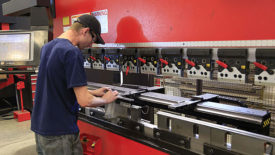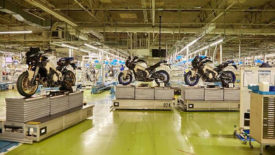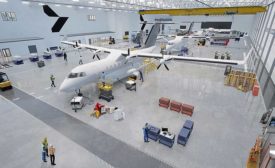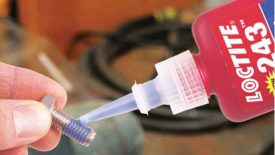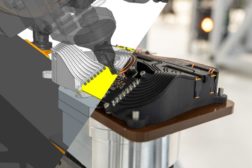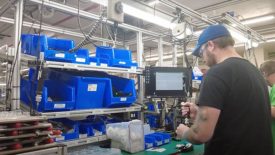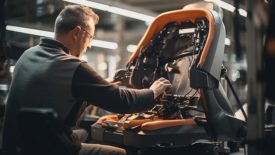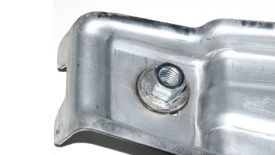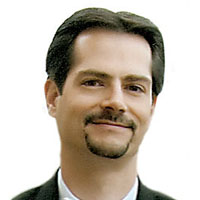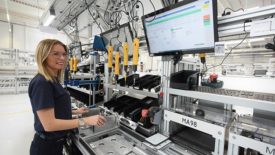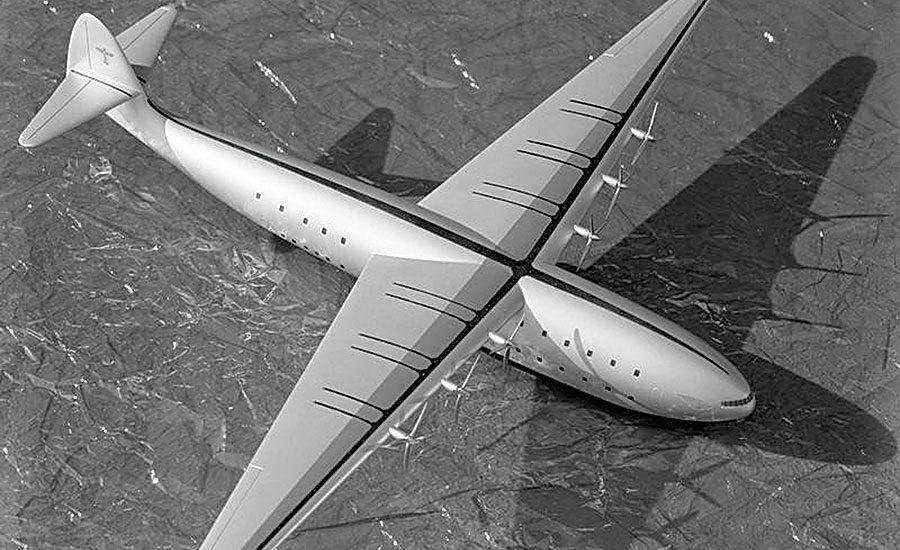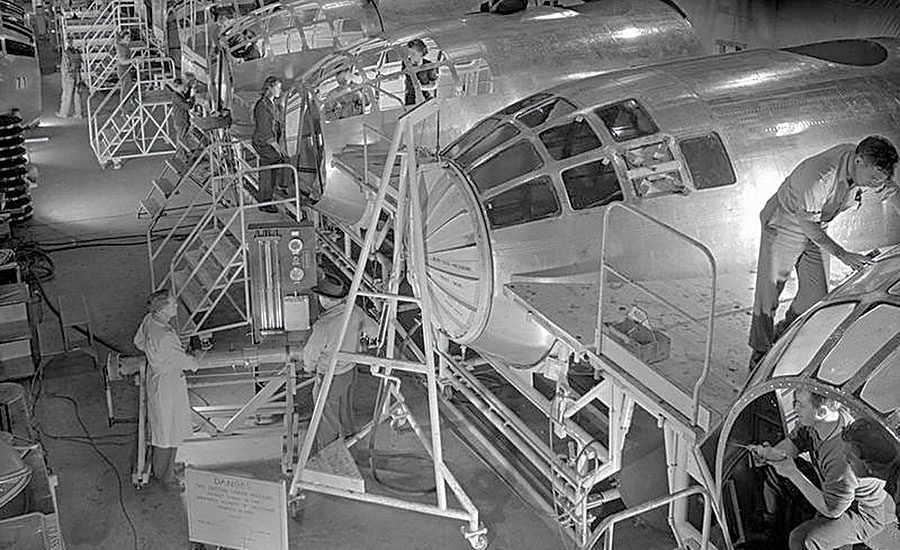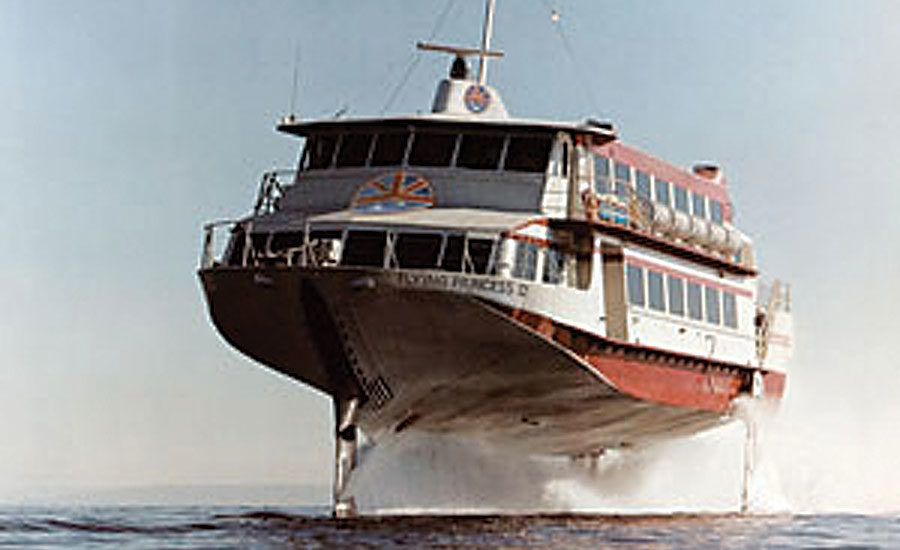Industries
News, trends and assembly technologies specific to the aerospace, automotive, appliance and medical device industries.
Topics
Articles about assembly technologies and trends in the aerospace industry.
Appliance Assembly
Articles about assembly technologies and trends in the appliance industry.
Automotive Assembly
Articles about assembly technologies and trends in the automotive industry.
Medical Devices Assembly
Articles about assembly technologies and trends in the medical device industry.
DFMA Assembly
Articles about how to design products for efficient manufacture and assembly.
Green Manufacturing Assembly
Articles about energy-efficiency, landfill-free manufacturing and other green topics.
Lean Manufacturing Assembly
Articles about how to eliminate waste and continuously improve your assembly operation.
Machinery Assembly
Articles about assembly technologies and trends in the machinery industry.
Electronics Assembly
Articles about assembly technologies and trends in the electronics industry.
ARTICLES
PAGES
IMAGE GALLERIES
Early Advertising Sold the Glamour and Safety of Aviation
Back in the days when most people still traveled by ocean liner or train, the public had to be convinced that air travel was safe, enjoyable and glamorous. For decades, Boeing and Douglas promoted products such as the Stratocruiser, DC-6 and 707 with ads in various business, consumer and travel magazines.
Get our new eMagazine delivered to your inbox every month.
Stay in the know on the latest assembly trends.
SUBSCRIBE TODAY!Copyright ©2024. All Rights Reserved BNP Media.
Design, CMS, Hosting & Web Development :: ePublishing
